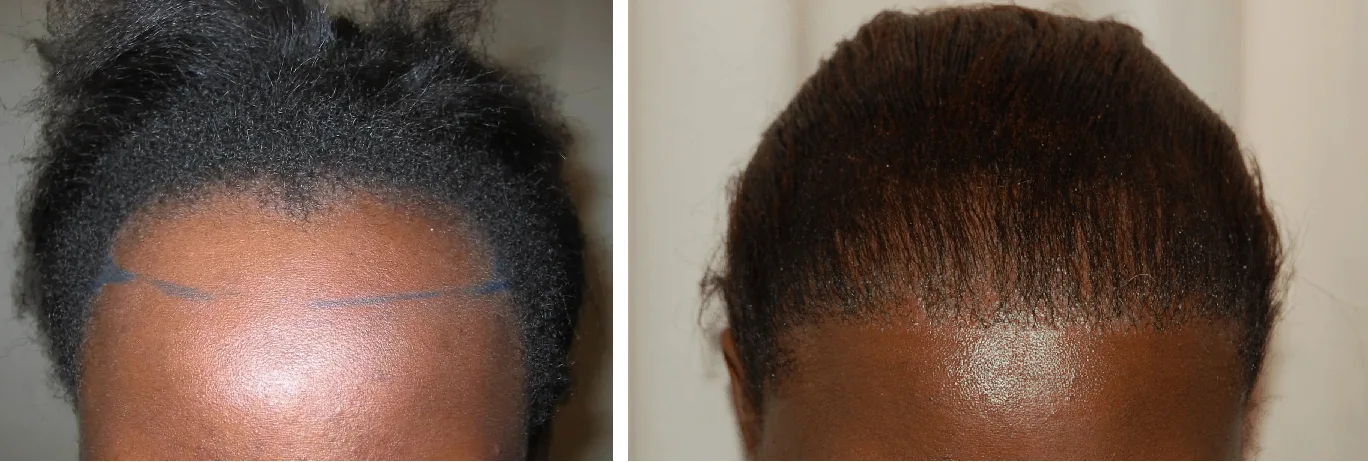Have you ever had a throbbing pain in your tooth or gum that comes in waves? Perhaps you’ve noticed a small bump around the area? Chances are that you are suffering from an abscessed tooth.
Those of you who have experienced this will know it can be an extremely uncomfortable situation. An abscessed tooth is an infected tooth, and the infection may stem from a variety of different reasons such as tooth decay, gum disease or a cracked tooth. It essentially is a pocket of pus that is caused by a bacterial infection and can sprout in different regions of the mouth for different reasons.
There are two kinds of abscesses. A periapical abscess occurs at the tip of the root, and is usually caused by an infection in the tooth itself. Whereas a periodontal abscess occurs in the gums at the side of a tooth root.
Unsightly and uncomfortable, dental abscesses are often painful, but can also be asymptomatic. If you suspect an abscess, whether it is symptomatic or not, you should consult with a dental care professional. You don’t want to leave it untreated, as it can lead to a serious infection if not treated early.
Symptoms of an abscessed tooth include:
- Pain and swelling around the affected tooth, which may spread to your face and cheek
- Redness in the gums, accompanied by a foul taste in the mouth
- Severe, persistent, and throbbing toothache that can radiate to the jawbone, neck, or ear
- Sensitivity to hot or cold food and drink
- Fever
- Bad breath
- Tender, swollen lymph nodes under your jaw or in your neck
What causes dental abscesses?
It’s common knowledge that the oral cavity is filled with bacteria, which form a sticky film on the teeth called plaque. If you fail to maintain good oral hygiene practices, acids produced by the bacteria in plaque can damage your teeth and gums, leading to tooth decay or gum disease. When left untreated, this can progress to the formation of an abscess.
There are different types of abscesses that can occur in the mouth, depending on the source of the infection, but in broad terms, they can be classified as:
Periapical abscess: Bacteria enters the tooth pulp, which is the soft, inner part of your tooth, usually through tiny holes caused by a cavity. This then infects the pulp leading to an abscess.
Periodontal abscess: Gum disease usually causes this type of abscess, but it can also be the result of an injury, leading to periodontal pockets, which are small gaps in the area between the gum and tooth. The pocket gets dirty easily and is very hard to keep clean. As bacteria builds up in the periodontal pocket, a periodontal abscess is formed.
Gingival abscess: A foreign body, such as a popcorn shell or small hair, can become embedded in the gum, causing a gingival abscess.
Your chances of developing a dental abscess can increase if you:
- Do not regularly floss and brush your teeth thoroughly, which can cause plaque to build up on your teeth
- Consume lots of sugary or starchy food and drink, which can encourage the growth of bacteria in plaque and may lead to decay that can result in an abscess
- Have a weakened immune system, or suffer from certain underlying health conditions, such as diabetes
- Are undergoing treatment, such as steroid medication or chemotherapy
How to prevent dental abscesses?
One of the best ways to prevent an abscess is by avoiding tooth decay. This can be easily achieved by simply keeping your teeth and gums as healthy as possible.
To do this, you should:
- Use dental floss or an interdental cleaner at least once a day
- Replace your toothbrush every three or four months, or whenever the bristles get worn
- Brush your teeth with fluoride toothpaste twice a day — spending at least two minutes each time
- Limit sugary and starchy food and drinks, and avoid in-between snacking, particularly before going to bed
- Visit your dentist regularly for check-ups and your hygienist for regular cleaning.
Treating an abscess
An abscessed tooth can be treated in different ways depending on the type of abscess and the causes.
Depending on the location of the abscess and how severe the infection is, possible treatments include:
A root canal procedure: This involves drilling into the affected tooth to drain the abscess and remove any infected pulp before filling and sealing it. The dentist may also cap your tooth with a crown to strengthen it.
Tooth extraction: If your tooth is too damaged, your dentist might remove the affected tooth before draining the abscess.
Incision and drainage: In this method, a small cut (incision) is made in the gum to drain the abscess (this is usually only a temporary solution) to relieve the pressure and the pain you may be experiencing because of the abscess.
Removal of a foreign object: If your abscess is caused by a foreign object lodged in your gums, your dentist will remove it.
If you can’t get immediate access to a dentist, a home remedy that can briefly alleviate the pain includes rinsing your mouth with warm saltwater.
You can also take an over-the-counter anti-inflammatory drug, such as ibuprofen, to help ease the pain.
Dental abscesses can lead to a lot of discomfort and pain and should not be neglected. Here at Clinic Effect, we have an amazing team of dental experts who can help treat all forms of dental diseases, including an abscess to ensure your health and safety. Contact us today to book your appointment, and we would be happy to help you with all your dental needs.
Read More
- Dos and don’ts after a tooth extraction
- Disturbing Effects of Chewing Gums on Oral Health
- 8 Tips to Improve your Oral Hygiene Routine




